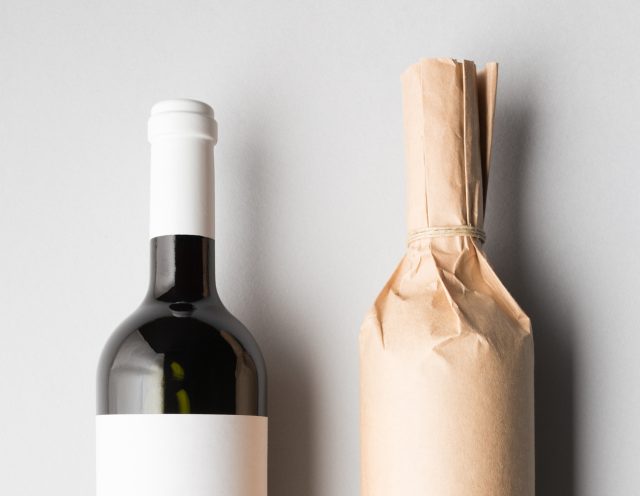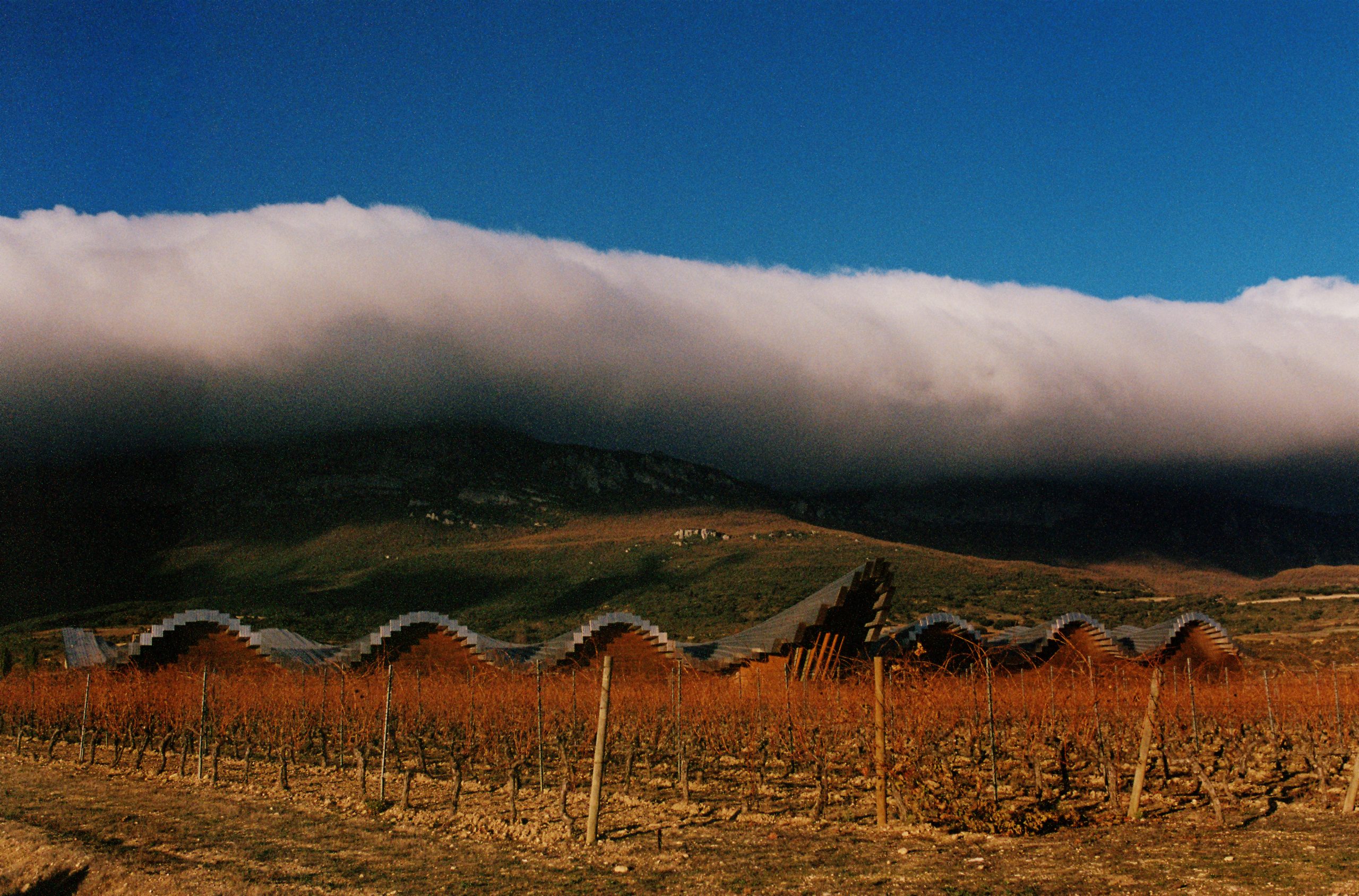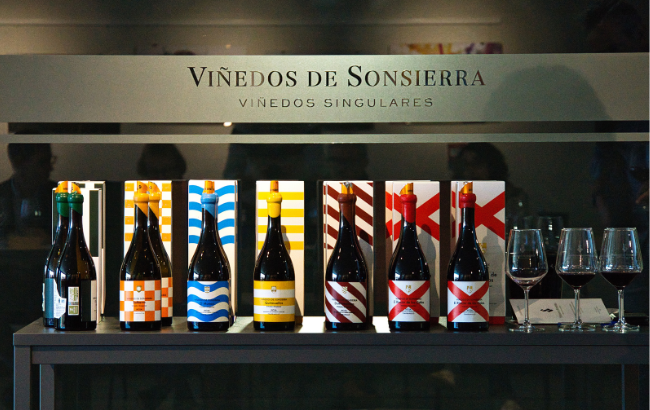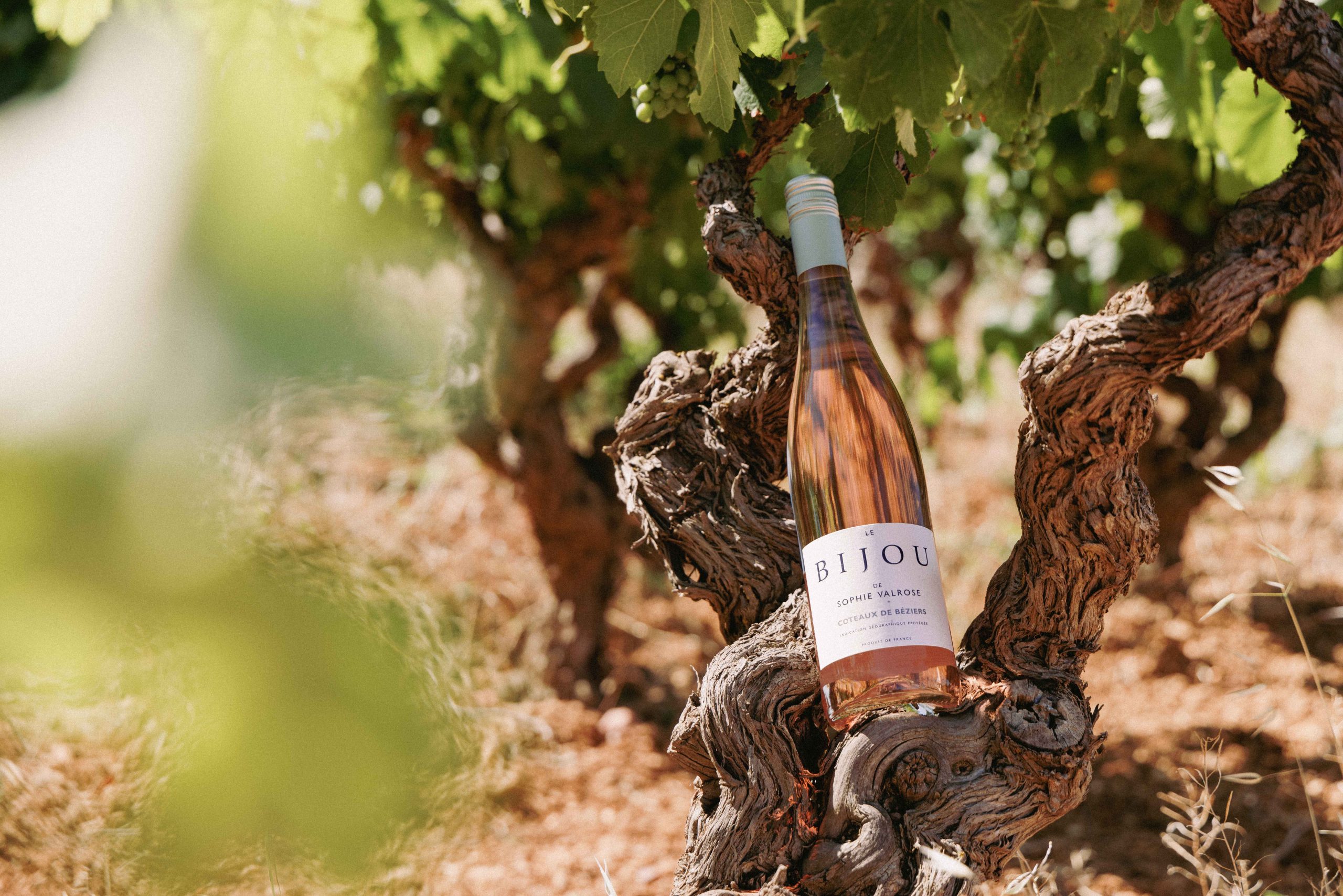Does a sustainable wine bottle really exist?
With half of a wine bottle’s entire carbon footprint being the bottle itself, Kathleen Willcox investigates the options for delivering truly sustainable packaging.

This is not an article about canned, kegged or bag-in-box wines. Those are all excellent alternatives to bottled wine, and ultimately probably the best way to quickly and drastically reduce wine’s carbon footprint.
And yet. Wine is arguably the most deliciously fogey, heroically and self-consciously traditional consumable product on the planet. The notion of popping a can, tapping a keg or merrily cracking the spout of a bag-in-box wine to celebrate a major event, or even serve with your mama’s roast chicken is enough to give even the most progressively minded wine lover the vapors.
And yet. Wine bottles extract a hefty price from the environment. As much as half of a wine bottle’s entire carbon footprint can be traced to the bottle itself. The energy that went into producing the glass for the bottle, and the energy expended transporting it around the globe. Not all, but a significant portion, of that footprint can be eliminated by either changing the material, ensuring it is reused instead of cast off as refuse, or lightening the weight of the bottle.
Budget Option: Plastic Bottles
One of the most obvious ways to radically slash the weight of a bottle is by changing its material. Over the summer, Sonoma’s Ron Rubin Winery released a line of four wines in plastic bottles that weigh 53 grams apiece, about 85% lighter than the average wine bottle.
Made from recycled PET, and lined with an ultrathin layer of glass called Plasmax to protect the wine from oxidation, the bottles produce “significantly fewer greenhouse gas emissions” and “require less energy to produce than glass and aluminum counterparts,” the winery noted when announcing the release, pointing to a Life Cycle Assessment report from the plastic industry association National Association for PET Container Resources.
While taking a report produced by the same industry it is promoting at face value is generally not advisable, the recycling rate of glass bottles in the U.S. especially is notoriously low—about 31%, according to the Environmental Protection Agency.
But in addition to setting off all kind of propriety alarms vis-à-vis presenting and pouring from a plastic container, the material itself is freighted with controversy. In recent years, researchers have issued one alarming report after another, showing that drinks bottled in recycled PET can contain higher concentrations of chemicals than ones bottled using new PET.
When I reached out to Ron Rubin Winery for details on tests done to assess how a wine’s flavour or safety might be affected by storage in plastic, representatives for the winery said that founder Ron Rubin had opted “pass” on the “opportunity” to discuss the issues.
Premium: Reusable Bottles
While plastic bottles win hands down in terms of weight, some still see glass as being vastly superior—with a few adjustments.
“Glass is a monomer, while plastic is a polymer,” notes Keenan O’Hern, cofounder of the Oregon-based Revino, a startup aiming to revive the refillable glass bottle ecosystem for beverage producers and consumers.
“If a bottle ends up in the ocean, a glass one will break down into sand, whereas a plastic bottle will just go into the ocean as a microplastic. Also, plastic can’t be recycled indefinitely.”
Revino’s other co-founder Adam Rack points to the fact that the U.S. is the only country in the industrialized world without a formal or informal refillable wine bottle system in place.
But that was not always the case. In 1900, a full 100% of beverages in the U.S. utilised a refillable bottle system. But mechanisation created the use once and pitch policy that defines our beverage consumption cycle now—as of now, less than 2% of bottling is done in refillable containers.
To put that in perspective, about 16.2 billion glass bottles and containers were used in the U.S. last year, with few to none being reused commercially and less than one-third getting recycled.
“Glass takes thousands of years to decompose in a landfill,” Rack notes. “And then consider the mining and transportation of raw materials, and the energy used to produce glass. If I told you to throw out your wine glass after every use, you wouldn’t do it, but we’ve normalized throwing out wine bottles because they’ve been equated with trash. Even though they’re not.”
Rack and O’Hern will roll out Revino’s services in March. So far, they have 40+ producers selling wines that retail for between $35-$85 in Oregon signed on, with the goal of expanding nationwide. The system, O’Hern explains, is simple: standard 495-gram Revino bottles designed to work with mainstream bottling lines get delivered to wineries, where they are filled and sealed with either a cork or screwcap.
The bottles are sold and enjoyed, then once emptied, they can be returned to the winery or at one of Revino’s partner locations. Once the bottles are collected, they are brought back to Revino’s bottle washing facility, where they are washed, inspected and tested. The process then starts over.
“The bottles can be refilled up to 50 times,” Rack says, adding that once the system is in place, the carbon footprint could be reduced by up to 85% when compared with single-use bottles. “And even if they’re only used once or twice, because they are made of recycled glass and lightweight, they are still better than most wine bottles.”
Budget to Ultra-Premium: Lighter Bottles
Simply lightening up has become a focal point for several producers in the industry, and is probably the most straightforward way to instantly cut a carbon footprint without transforming the flow of production.
Partner Content
The inherent easyish-to-implement effectiveness of this notion has gained so much traction that an international coalition, dubbed the Sustainable Wine Roundtable, has launched a Bottle Weight Accord supported by key large-scale retailers around the world prioritising the reduction of the average weight of still wine bottles from 550 grams to 420 grams by the end of 2026.
Individual producers are also stepping in to take action, and inspire others to follow in their footsteps.
At Scheid Family Wines, the largest wine grape grower on California’s Central Coast that is CCOF-certified, chief marketing officer Sylvia Bronson says they aim to continue to “set the standard for ‘wind-powered wine’ and operate at the forefront of organic farming and sustainable winemaking, lightening the bottle load has been a priority for some time.
Scheid produces just under 1 million cases of wine, and has moved the majority of their midweight (between 460-470 grams) to lightweight (between 404-450 grams) bottles, and have moved some of their premium (496 grams) bottles to midweight (460 grams), Sylvia Bronson, Scheid’s chief marketing officer, explains.
Since launching the initiative, Scheid has removed close to 420,000 pounds of glass weight from their line, Bronson says. And Scheid would be open to reusables and plastics, with a few caveats, she adds.
“We would love to consider reusable bottles, but the logistics are challenging,” Bronson notes. “We would definitely support an industry-wide initiative to set up a system across multiple companies and brands though. But we have not considered plastic bottles because of the negative press around the use of plastic in general, and not want to increase plastic usage due to the limited recyclability for many types of plastic.”
But if it becomes more recyclable, they’d consider it because it weighs so much less, and reduces the carbon shipping impact.
At Champagne Telmont, whose motto is “In the Name of Mother Nature,” CEO Ludovic du Plessis explains that they literally remade the Champagne wine bottle.
“If you are really serious about really helping the environment, and we are, you have to do several things at once,” du Plessis says. “You have to farm organically yourself. You have to help growers you work with farm organically. You have to encourage biodiversity in and around your vineyard. And you have to drastically reduce your carbon footprint.”
They are well on their way toward having their entire 25-hectare vineyard and the 75 hectares growers farm for them certified organic. In June of 2021, du Plessis implemented several changes to Telmont’s packaging that made an immediate impact on the winery’s carbon footprint.
“We completely eliminated gift boxes,” du Plessis says. “No gift boxes, period! That immediately reduced the carbon footprint of our bottle by 8%.”
Telmont also transitioned its line of heavier 900-gram bespoke bottles to the lightest on the market, 835 grams. The Champagne house also decided to only bottle cuvees in green glass, which is made from 87% recycled glass, instead of transparent glass for some lines, which contained no recycled glass.
And transportation got streamlined. No planes. Only boats and road transport. Order your Telmont three months ahead of time, or no dice—no exceptions.
“Since we began this initiatives, we have enjoyed double digit growth,” du Plessis notes. “Some people think that if you make change, you will see an impact on your revenue, but that is not true.”
And over the process of several years, du Plessis worked with French glassmaker Verallia to test an even lighter Champagne bottle.
“It’s a serious undertaking,” du Plessis notes. “A Champagne bottle must be strong because it contains twice the pressure of a tire. But after many experiments, we got the bottle down to 800 grams, and we conducted a rigorous round of testing through our whole production process and for transportation.”
None of the 3,000 bottles tested shattered during transport when testing concluded in March of 2023.
“We are going to put all 350,000 bottles in our production in 800 grams now,” du Plessis says. “Can you imagine if we got all 321 million bottles produced in Champagne every year in those 800-gram bottles? What a difference it would make.”
The need to find a range of viable solutions for producers and wine lovers with different desires, budgets and aspirations has never been more apparent. As governments kick the climate change can down the road—and only a very young, eco-minded or budget-conscious consumer appears willing to embrace truly alternative packaging—these bottled options all have their advantages and disadvantages, but each one provides a much greener option for a certain type of producer and wine lover.
Related news
Wine of the week: Saronsberg Full Circle 2022
Where are they now? Andrew Barr’s life after wine writing
Taylor’s declares 2023 Vintage Port with second release of Sentinels




